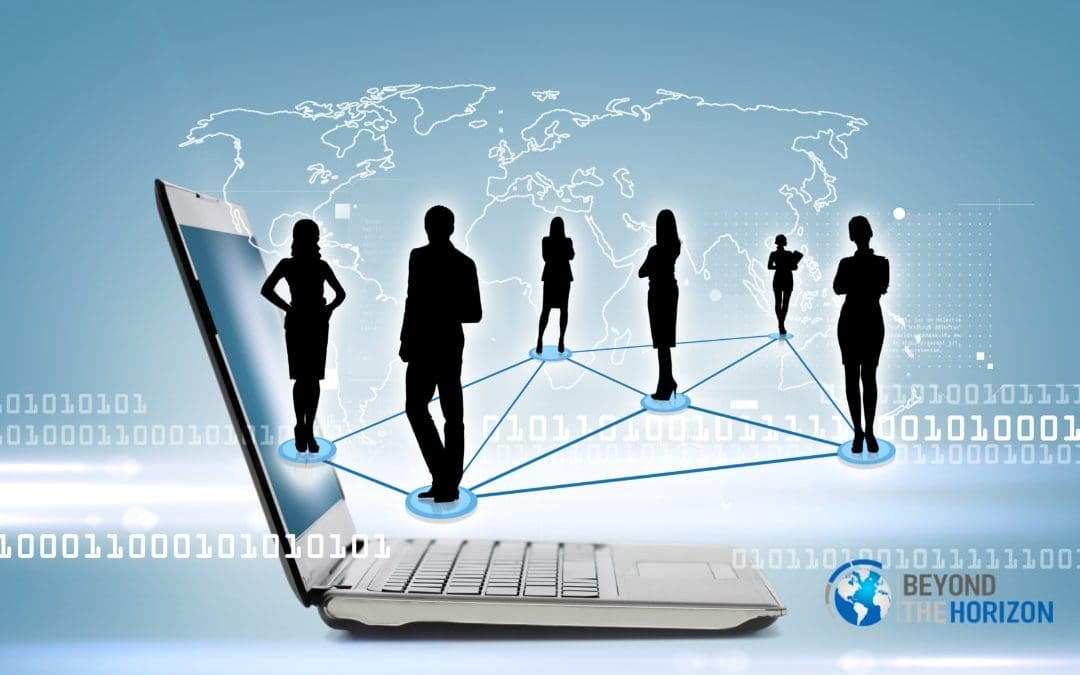Digitalisation entered almost every part of human life with the pace of technology’s advance, fuelled by the pandemic and lockdown. Internet connectivity has unlocked new and faster modes of communication, and we are now more connected than ever before.
Digitalisation has become a new normal in our social life, which we can certainly not resist or simply ignore. It is out of question that digitalisation brings new opportunities to address various societal challenges we are facing such as integration of migrants including refugees into the receiving societies. But on the other hand, it has its own vulnerabilities and requires new adaptive measures.
Considering the widespread use of digital tools and internet by vast majority of our society (OECD Data) including migrants and refugees, it should be seen as more than only an opportunity but as a necessity to use digitalisation as a leverage to develop and employ innovative solutions for the needs of migrants and their integration into their host communities.
Almost every migrant or refugee is connected to a digital world with a simple smart mobile tool, which is mostly indispensable for them to keep in touch with their families, seek financial help or to get information they require to build their new lives. Thus, it can be a very useful channel to reach out to this group and support their orientation or integration, if used in the right way.
Integration and inclusion is a two-way process between migrants and the host community. The digital solutions can support not only migrants but also the host community and facilitate the interaction between the two sides. All involved parties of the host community in integration, such as government organisations, NGOs, civil society, and volunteers can benefit from these solutions.
There are different instruments, ways, and methods to integrate and include migrants into the host community, such as social orientation courses, language training, social participation initiatives, networking events, mentoring, coaching and counselling, etc. These are mostly undertaken by local authorities, NGOs or the civil society organisations. Digital solutions can facilitate the use of these instruments and ease the burden on these organisations. Resources are limited and we need bigger impacts considering the level of increasing challenges of today.
Then the question is how to support integration with digitalised processes or tools. There are recent inspiring projects developed innovative tools and practices which resulted in successful impacts.
ORIENT8 project, co-financed by the EU, developed a smart social mentoring program supported by smart digital tools and tailored activities and piloted it in three European cities (Mechelen/Belgium, Sala/Sweden, Nikaia-Renti/Greece). It smartly pairs newcomers with the volunteer members of the local community in order to help them overcome daily difficulties at the early stage of their integration process.
ORIENT8 developed a welcome application for each city with a lot of useful local information for newcomers in many languages. It is a digital space for information on mobile devices, easy to access and find information and easy to understand both for newcomers and their mentors. ORIENT8 also developed an Artificial Intelligence using smart matching tool for municipalities and mentoring organisations which can make smart matchings among a mass group of mentors and newcomers taking into account the matching criteria identified by HIVA. It can make better matches via its machine learning capacity. Both digital tools successfully raised the impact by reaching out more newcomers, facilitating and improving integration services at the local level.
As innovative solutions, All-in-one4HER project developed a digital networking platform for highly educated migrants to better connect with the local community and Super-mentor project developed a digital e-learning and community platform for mentors to support the labour market integration of migrants.
Digitalisation provides innovative solutions with potential greater impacts, but it also has its own limitations and challenges that need to be considered.
These tools mostly cannot completely replace the social and physical services but support them. From the experience most of these digital solutions need to be accompanied with social and human elements. More comprehensive solutions are needed to include the users with lower digital literacy.
The digital solutions need to consider the regulations on data protection and privacy (GDPR) from the beginning, which can be a very sensitive and demanding issue for organisations. Late considerations can significantly hinder or delay the deployment of these solutions. On the other hand, digital applications may require collecting and publishing public data. The regular update of data and maintenance of applications need to be considered from the beginning which requires resource investment. The organisations may also need to invest in capable personnel to deal with digital processes and regulations.
Considering the cost efficiency, some costly digital solutions can better fit middle-big size municipalities or organisations dealing with a bigger number of users.
To conclude, digitalisation should be seen as a necessary measure for migrant integration by governments and local authorities in order to increase the impact of solutions and facilitate the processes, while considering its own limitations and challenges.
Fatih Yilmaz, Director of Projects and Partnerships at Beyond the Horizon ISSG
This commentary was first published at the OECD Forum.

